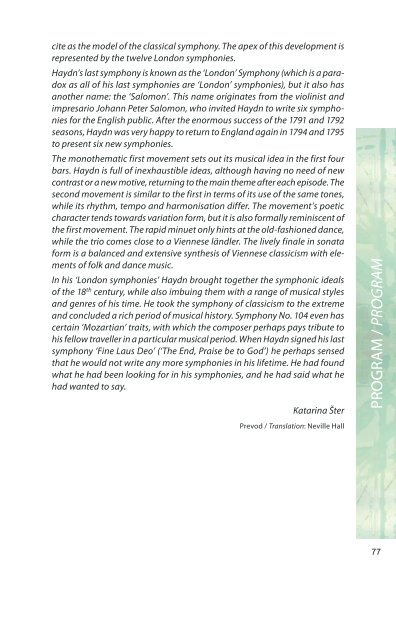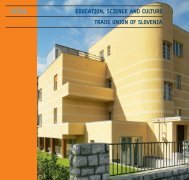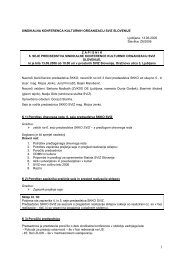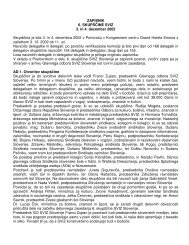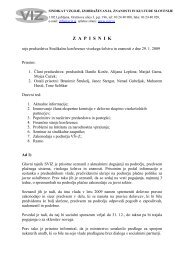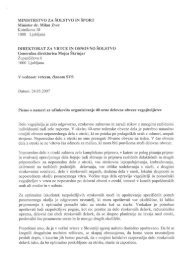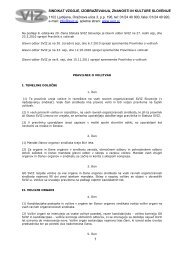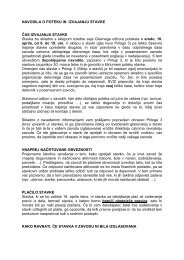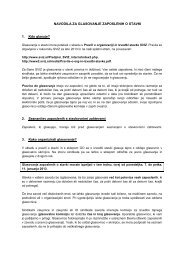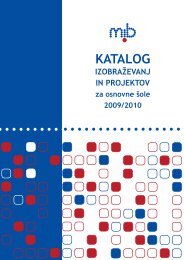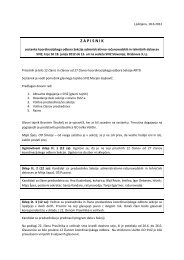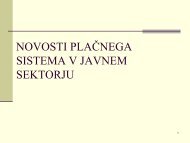Create successful ePaper yourself
Turn your PDF publications into a flip-book with our unique Google optimized e-Paper software.
cite as the model of the classical symphony. The apex of this development is<br />
represented by the twelve London symphonies.<br />
Haydn’s last symphony is known as the ‘London’ Symphony (which is a paradox<br />
as all of his last symphonies are ‘London’ symphonies), but it also has<br />
another name: the ‘Salomon’. This name originates from the violinist and<br />
impresario Johann Peter Salomon, who invited Haydn to write six symphonies<br />
for the English public. After the enormous success of the 1791 and 1792<br />
seasons, Haydn was very happy to return to England again in 1794 and 1795<br />
to present six new symphonies.<br />
The monothematic first movement sets out its musical idea in the first four<br />
bars. Haydn is full of inexhaustible ideas, although having no need of new<br />
contrast or a new motive, returning to the main theme after each episode. The<br />
second movement is similar to the first in terms of its use of the same tones,<br />
while its rhythm, tempo and harmonisation differ. The movement’s poetic<br />
character tends towards variation form, but it is also formally reminiscent of<br />
the first movement. The rapid minuet only hints at the old-fashioned dance,<br />
while the trio comes close to a Viennese ländler. The lively finale in sonata<br />
form is a balanced and extensive synthesis of Viennese classicism with elements<br />
of folk and dance music.<br />
In his ‘London symphonies’ Haydn brought together the symphonic ideals<br />
of the 18 th century, while also imbuing them with a range of musical styles<br />
and genres of his time. He took the symphony of classicism to the extreme<br />
and concluded a rich period of musical history. Symphony No. 104 even has<br />
certain ‘Mozartian’ traits, with which the composer perhaps pays tribute to<br />
his fellow traveller in a particular musical period. When Haydn signed his last<br />
symphony ‘Fine Laus Deo’ (‘The End, Praise be to God’) he perhaps sensed<br />
that he would not write any more symphonies in his lifetime. He had found<br />
what he had been looking for in his symphonies, and he had said what he<br />
had wanted to say.<br />
Katarina Šter<br />
Prevod / Translation: Neville Hall<br />
PROGRAM / PROGRAM<br />
77


